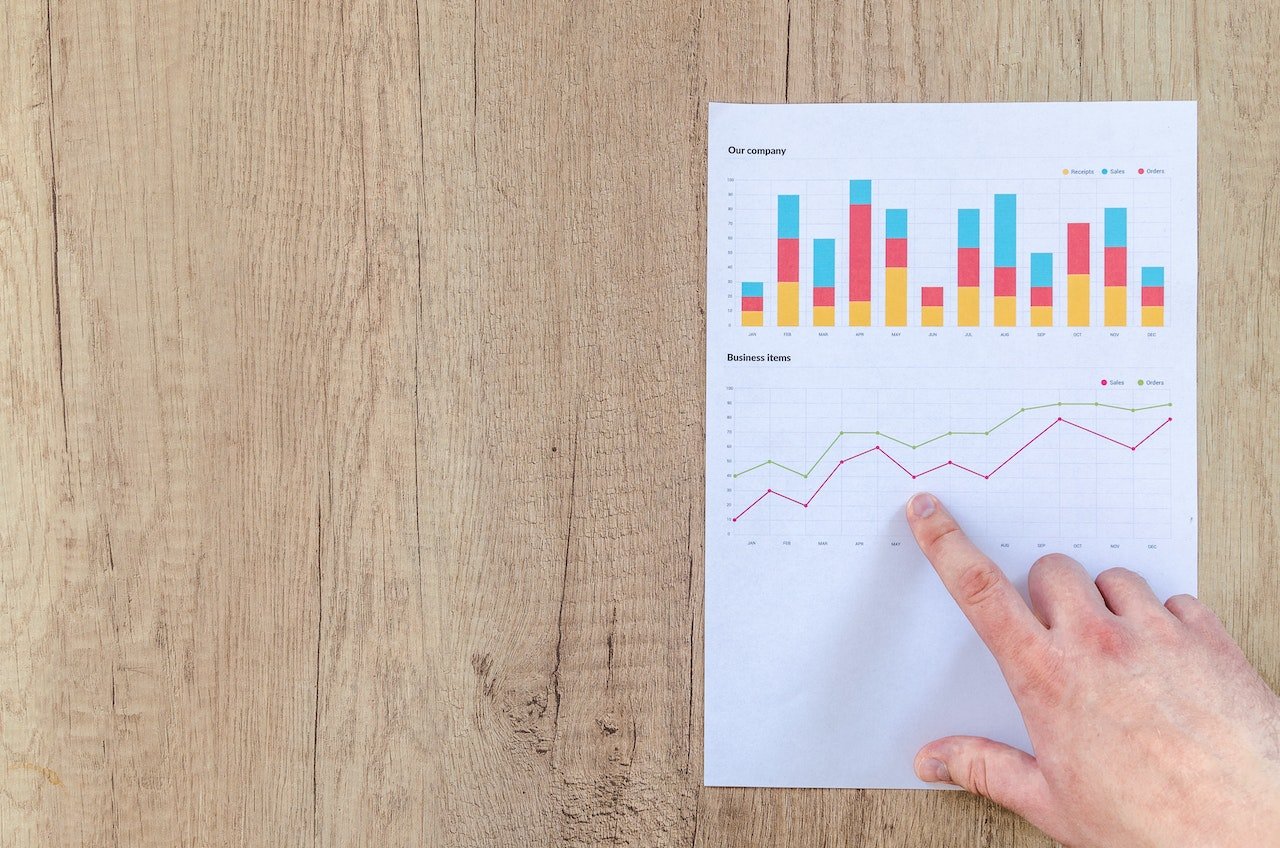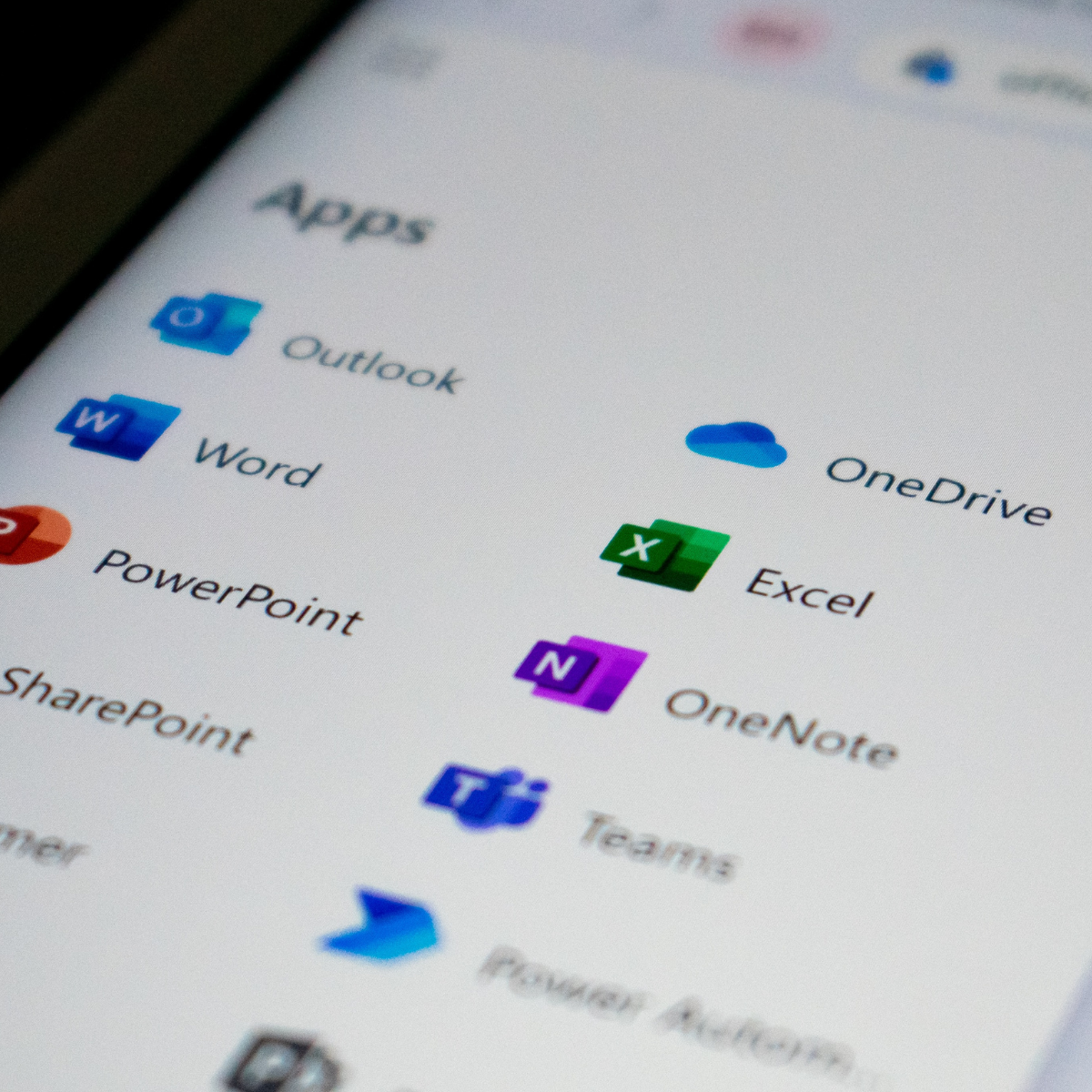If you’ve ever tried riding a bike in the dark without lights, you’ll know what a challenge it can be to not see where you’re going. The same applies to riding with your eyes closed. Sure, you can do either of those for a few seconds at a time if you’d like. But you’ve got to open them regularly to reorient yourself and make sure you’re headed in the right direction.
Likewise, regular forecasting is a crucial step for any business owner or manager wanting to make sure his or her business is moving in the right direction. Each new forecast is an opportunity to both take stock of what has happened and to plan for what’s coming on the horizon.
When you’re starting out, a simple forecast can be sufficient. However, once your business reaches a certain level of complexity, you’ll realize that a once-a-year forecast in your head just doesn’t cut it anymore.
Maybe you’ve progressed and are currently using Excel or another spreadsheet tool. Eventually, even that won’t cut it anymore. Not only can they be inflexible and error-prone, it’s nearly impossible to quickly build a forecast collaboratively with multiple stakeholders using a spreadsheet.
Choosing a financial forecasting software
Choosing a financial forecasting software after you’ve been working with spreadsheets is similar to looking for a new car. Your old beater gets you where you want to go when it’s running. But a new vehicle with more features and flexibility can help you get where you’re going much more reliably and comfortably.
There are, however, a lot of boxes to check when it comes to picking the right financial forecasting tool for your business.
You need to be able to:
- Build your forecast using all of your available data
- Forecast your balance sheet and statement of cash flows—not just your profit and loss statement (P&L)
- Visualize alternate scenarios
- Easily re-forecast, as often as needed
- Update your budget automatically
- Collaborate seamlessly with budget and operational managers
Although that may look like a lot of requirements, a reliable, regular forecast is critical for helping you quickly react to changes in your business. Additionally, research shows that companies doing rolling forecasts achieve up to a 3% increase in revenue growth and 2% improvement in operating margin.
Let’s dig into why these requirements are important, and why you need a tool like Jirav to get the most out of your forecasts.
Build your forecast using all of your data
Many forecasting solutions rely exclusively on financial data. This is a good starting point but it doesn’t necessarily paint the whole picture. Using only financial data inherently limits your ability to forecast accurately. Essentially you’re painting a picture of the future using only what has already happened.
Of course, financial metrics are also affected by non-financial data. Incorporating non-financial data will help you get a much more accurate and useful forecast. This non-financial information, which includes staffing data such as salaries and planned hires, can have a major impact on your key management indicators. Considering this information can add another dimension to your forecast.
Driver-based financial forecasting software allows you to create formulas using your workforce and operational data to “drive” financial results.
As a simple example, each new hire and spend of $X on advertising will, on average, generate five new clients per month. The additional revenue coming in from these clients can “drive” additional advertising spend, which allows for additional hires. This increasing headcount can then impact the amount of floor space necessary, which can affect your rent and office expenses—or even drive capex.
A robust forecast tool like Jirav allows you to centralize all of your important data in one place. In turn, your forecasting becomes faster because you’ve eliminated the need to manually import data every time. Moreover, your Jirav forecasts are more accurate because static spreadsheets can go stale or contain errors that are then perpetuated over time.
Forecast your balance sheet and statement of cash flows, not just your P&L
Many financial forecasting software solutions only permit you to forecast your income statement. However, a robust forecast entails more than just a P&L. This limit also affects your ability to create a complete picture.
Managing your business requires maintaining control of other key management metrics such as: operating cash flow, working capital, current accounts receivable and current accounts payable. Furthermore, cash metrics are especially important during a recession. When things are volatile, you’ve got to keep tabs on how much revenue is coming in and when cash is going out.
As an added benefit, with a driver-based model you can forecast accurately for longer periods—12 months and more!
Visualize alternate scenarios
An important part of forecasting is looking out for risks and opportunities and planning for contingencies. Running “what-if” scenarios can help you properly plan for whatever is coming your way. With a driver-based model, you’ll be able to quickly see how changes in key assumptions “waterfall” through your model.
But more than simply building these scenarios, it’s critical to be able to visualize them as well. Look for a solution that incorporates visual reports and dashboards.
Easily re-forecast every month (and more)
The world is constantly changing. What was a sure thing yesterday might not work at all tomorrow. Winning a major customer, having a supplier go bankrupt, reduced availability of financing, changing economic conditions and even a pandemic can have drastic effects on your business.
In an ideal world, your forecast is a living document that continuously responds to changes in your business environment.
Unfortunately, most businesses only forecast once a year—or when disaster strikes. Much of this reluctance to do regular forecasts is driven by the fact that forecasting in Excel takes so much time. Look for a solution that makes it easy to update your actuals and roll forward your forecast.
Update your budget automatically
Many businesses also only make a budget once per year. But budgets, like forecasts, should be updated more frequently.
With a comprehensive solution that links your forecasts to your budget, you’ll save countless hours updating your budgets each time you re-forecast.
These updates take just minutes in Jirav.
Collaborate with budget managers
At its core, forecasting is a process requiring cross-functional collaboration. A forecasting solution that allows you, your budget managers, and department heads to work simultaneously can save both time and the hassle of having to send spreadsheets back and forth.
Jirav’s Collaborative Planning makes it easy to share a limited view of a plan with your colleagues. There, they can enter their assumptions and line items directly in a unified forecast as well as update reports on their own.
Take your business to the next level with the right financial forecasting tool
Good forecasting helps managers make better decisions and react quickly to internal and external changes with agility. A robust financial forecasting software tool can not only save you time and energy but also allow you to take your business to the next level. Selecting a collaborative tool that is flexible and thorough can help you navigate the ever-changing business world smoothly.
Jirav’s driver-based, Collaborative Planning tools make maintaining a multi-dimensional and reliable forecast easy.









.jpg)


